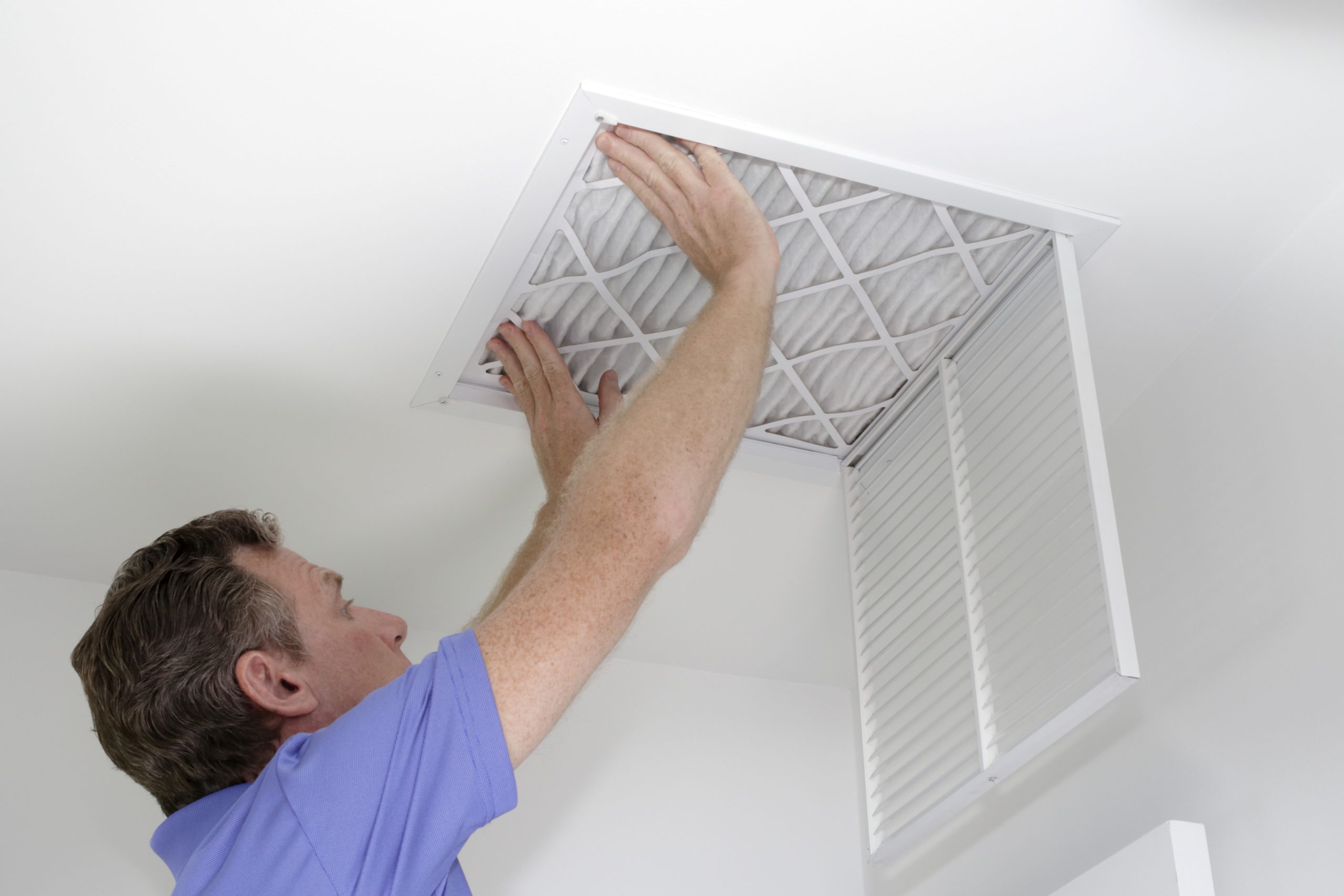Figuring out Filters
If you’re like most people, you probably don’t give your natural gas furnace much thought. As long as it’s keeping your Georgia home warm in the winter, it’s all good, right?
Not so fast.
When was the last time you replaced your air filter? Ignoring this simple, routine maintenance task can prevent your furnace from performing its best — and prevent a possible malfunction that could leave you shivering in the cold.
Even if you understand the importance of regularly cleaning or changing your furnace’s filter, the thought of shopping for a new one may drive up your stress level. Choosing from the variety of qualities, materials and lifespans — not to mention wildly varying price points — is enough to make anyone’s head spin.
To help you select the right air filter for your furnace, Walton Gas offers this helpful Q & A. Knowing just a few details will make air filter shopping a snap.
What is the function of a furnace filter?
Furnace filters catch dust, hair and other debris in the air before the air enters the blower fan in your furnace. This subsequently improves the air quality in your home by preventing debris from recirculating in the air.
What is MERV?
In 1987, the American Society of Heating, Refrigerating, and Air Conditioning Engineers created the standard by which the effectiveness of air filters is measured. This is known as the minimum efficiency reporting value (MERV).
How are filters classified using MERV?
MERV ratings range from 1 to 16. The higher the rating the more particles the filter can remove. Lower quality filters, in the 1-4 MERV range, are typically made of fiberglass. Anything above a 13 MERV rating is considered to be a high-efficiency particulate arrestance (HEPA) filter meant for hospitals and scientific research labs.
What do the ratings mean?
Better residential filters (5-8 MERV rating) will filter common household allergens such as dust, pollen, mold and pet dander. Superior residential filters (9-12 MERV rating) will help to remove such things as cigarette smoke, which are more difficult to filter because they contain smaller particles.
Which MERV-rated air filter is best for my home’s natural gas furnace?
Most manufacturers recommend filters with a MERV rating of 7-12 for residential furnaces. It’s a good idea to confirm the recommended range of MERV ratings for your unit. Look in your owner’s manual or check the manufacturer’s website for this information. Then, it’s up to you how much filtration you desire. A basic MERV 4 filter will likely be the cheapest but won’t catch certain small particles (like dust mites and pet dander) that could be in your home. If your family has health or allergy issues, then you may want to look for a high-efficiency filter that’s MERV 11 or higher. But for most households, a MERV 7 or 8 filter might be the middle ground between performance and cost.
Why shouldn’t I get a filter with the highest MERV rating?
It might seem that increasing the rating automatically would be better for your home, but it’s not. The higher the MERV rating, the smaller the pores are for air to flow through the HVAC filter. This can create more resistance in airflow than your system was designed to manage, making your furnace inefficient and worsening the air quality inside your home. It can also damage your furnace.
Do all filters have a MERV rating?
Every filter has a MERV rating, but not every manufacturer promotes it on their packaging. When shopping for furnace air filters, don’t confuse MERV with other rating systems that may appear on packaging. If you don’t find a MERV rating on the filter or its packaging, use your smartphone to do a quick search of the product details. For instance, on walmart.com you can find a filter’s MERV rating in the About This Product section. Tip: Sometimes the MERV rating is “hidden” in small print somewhere on the filter or its packaging. For instance, 3M’s Filtrete brand has the MERV rating printed on the filter’s cardboard frame.
What’s the difference in filter rating systems?
Every single furnace filter for sale in the U.S. has a MERV rating. This is the only nationally regulated, independent rating system for air filters. However, some companies have created their own filter rating systems as a marketing device. For instance, MPR (microparticle performance rating) was created by 3M and is only used on their products. FPR (filter performance rating) is a proprietary system used at The Home Depot.
How often should I replace my filter?
Replace your filter every month, three months, six months or year, depending on the manufacturer’s instructions. When you change your filter, don’t forget to mark the date on the filter as well as on your calendar. Dirty air filters put additional strain on your home’s furnace.
